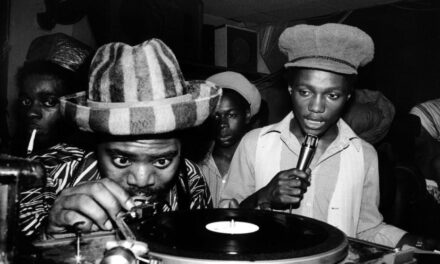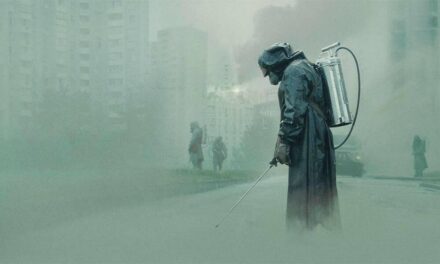The Department of Classical and Modern Languages and Literatures (CMLL) at Mississippi State University will soon be hosting a symposium dedicated to “The metaphor of the monster.” This exciting event will take place on Friday, September 21st, and Saturday, September 22nd, 2018.
The deadline to submit abstracts is July 1st, 2018.
Mermaids, giants, gorgons, harpies, dragons, cyclopes, hermaphrodites, cannibals,amazons, krakens, werewolves, barbarians, savages, zombies, vampires, angels, demons– all of those inhabit and represent our deepest fears of attack and hybridization, but also our deepest desires of transgression. Frequently described in antithetical terms, monsters were frequently read in the past as holy inscriptions and proofs of the variety and beauty of the world created by God, or as threats to civilization and order. These opposing views on the monster show the radically different values that have been assigned to monsters since they started to permeate the human imagination in manuscripts, maps, and books.
Their hybridity challenges natural order and escapes taxonomy, thus problematizing our epistemological certainties. Inhabiting the margins of society, monsters also police social laws and show the consequences of transgressions on their own deformed bodies. Moreover, they are pervasive in nature and metamorphose into something else in different historical periods in order to embody the fears of that age, never to disappear from our imagination.
The 2018 Classical & Modern Languages and Literatures Symposium focuses on the concept of monstrosity as a cultural construct in literature, science, and art, and the ways in which the monster has been shaped, used, and interpreted as metaphor by scientists, writers, and artists in order to depict otherness, hybridization, threat to hegemonic order, and and artists in transgression.
We accept submissions in English that explore monstrosity from various disciplinary or interdisciplinary angles. Topics might include, but are not limited to:
- Representation in literature/art of different forms of monstrosity
- Gendered- or queer-focused studies of monstrosity
- The depiction of the Other as monster, and the depiction of marginalized communities
- Hybridity, miscegenation, and the problem of categorizing
- Cartography, margins of civilization
- Books as monsters
- Transgressive subjects as monsters
- The medicalization of the monster: monstrosity in medical discourse; monsters within: parasites, viruses, and illness
- Ecocritical approaches to the topic: humans as “parasites”” and “”predators”
- Dystopian depictions of the urban space as a monstrosity
- The monster as spectacle, freak shows
- Deconstructing monstrosity through inclusion
- Teaching monstrosity





